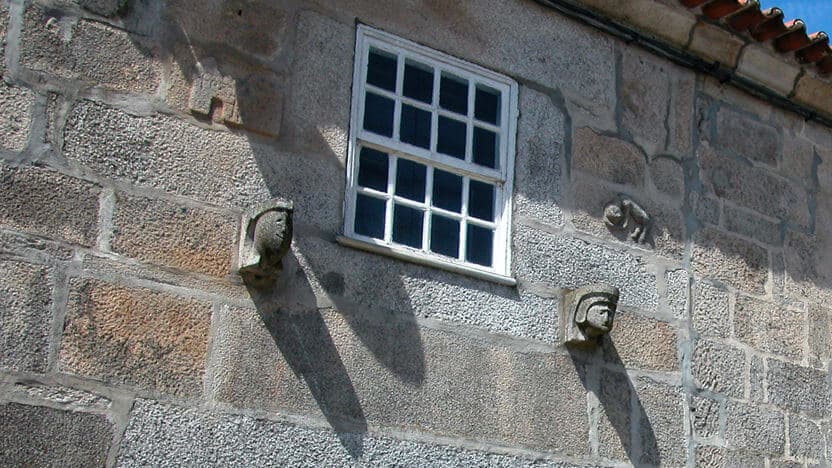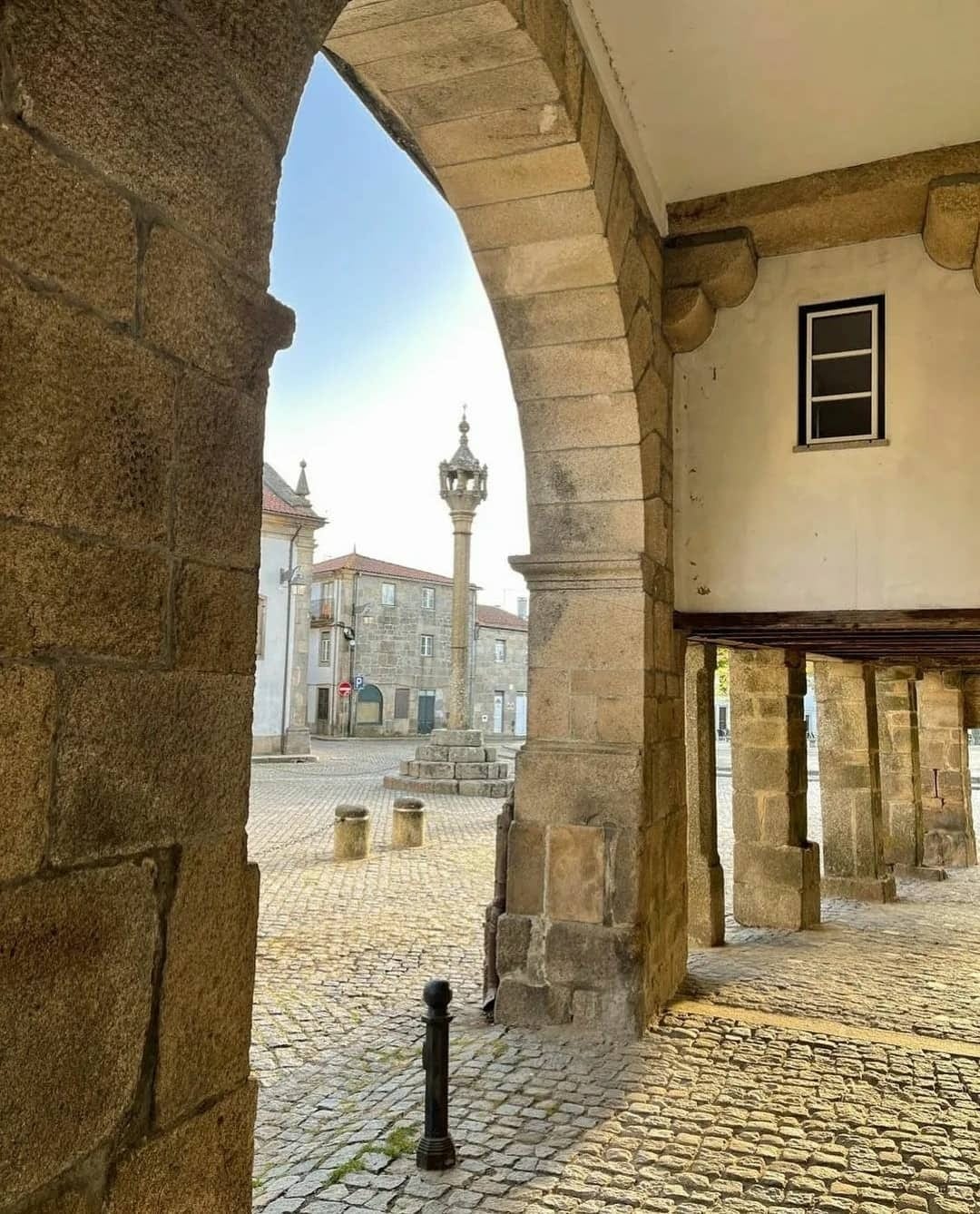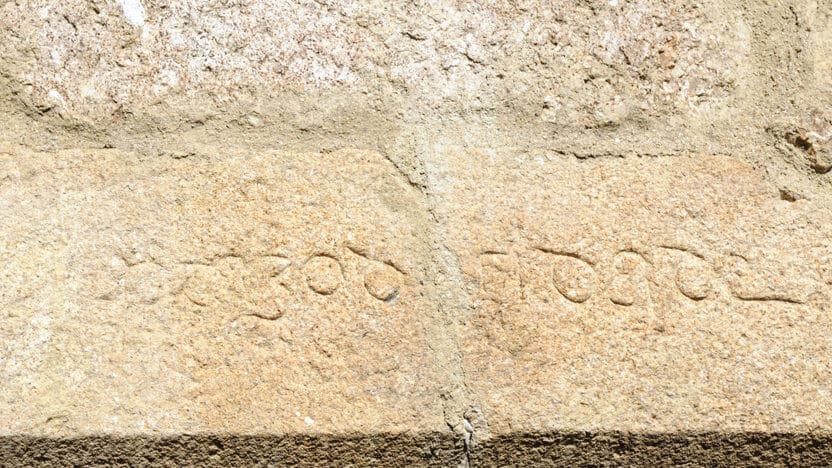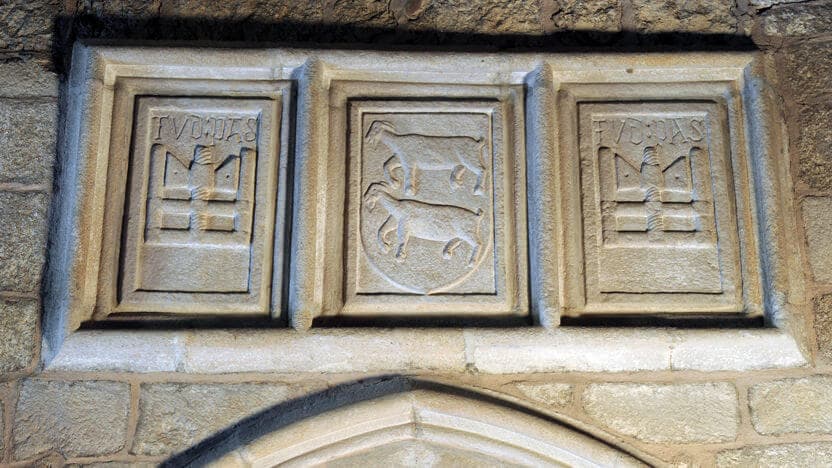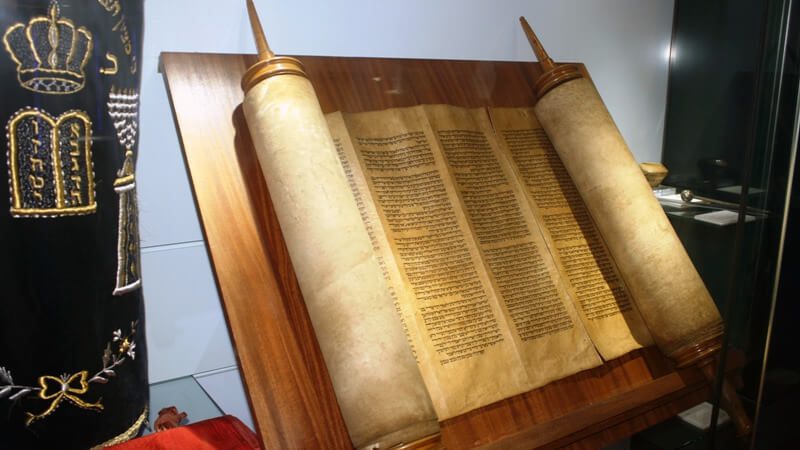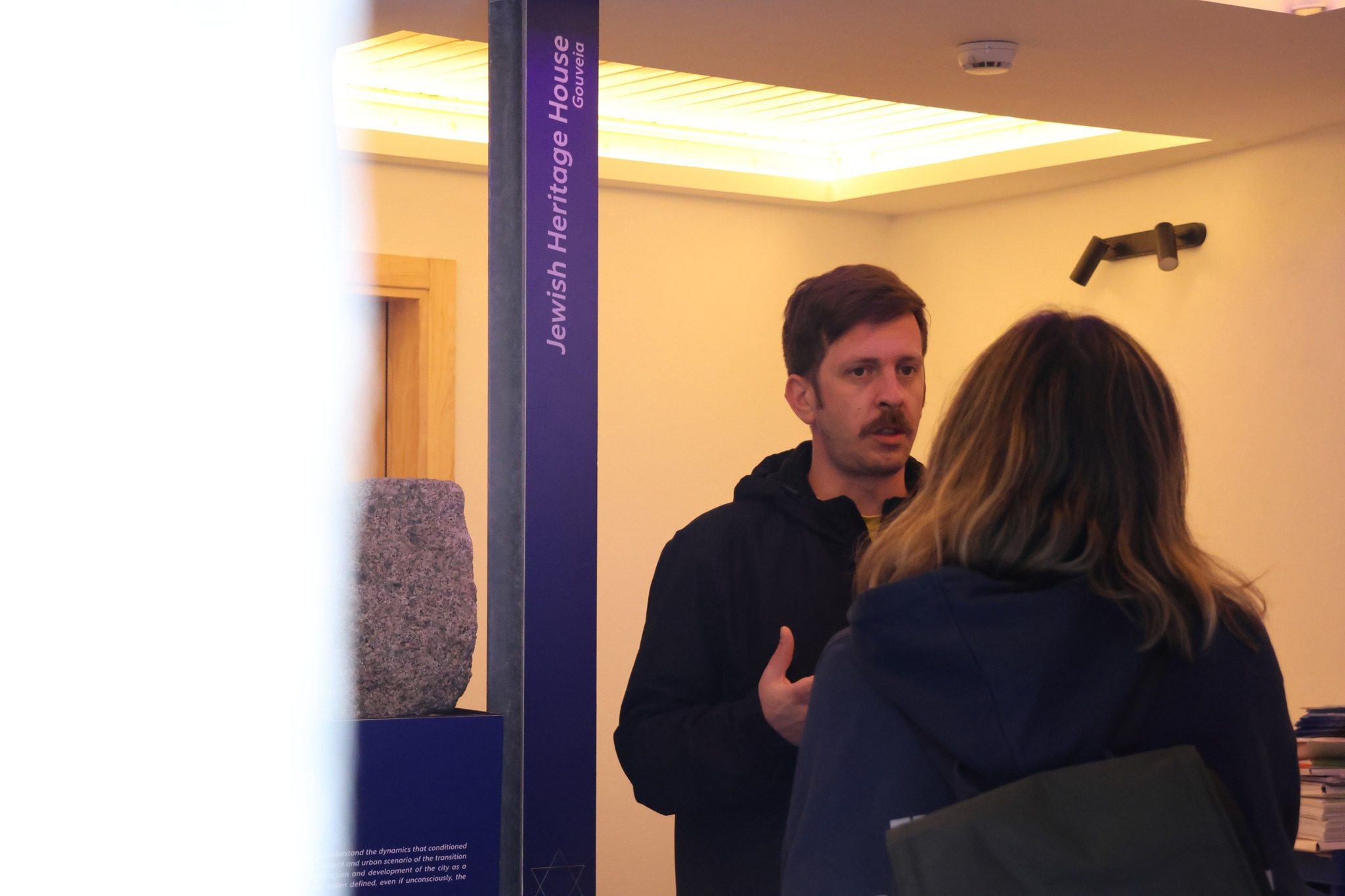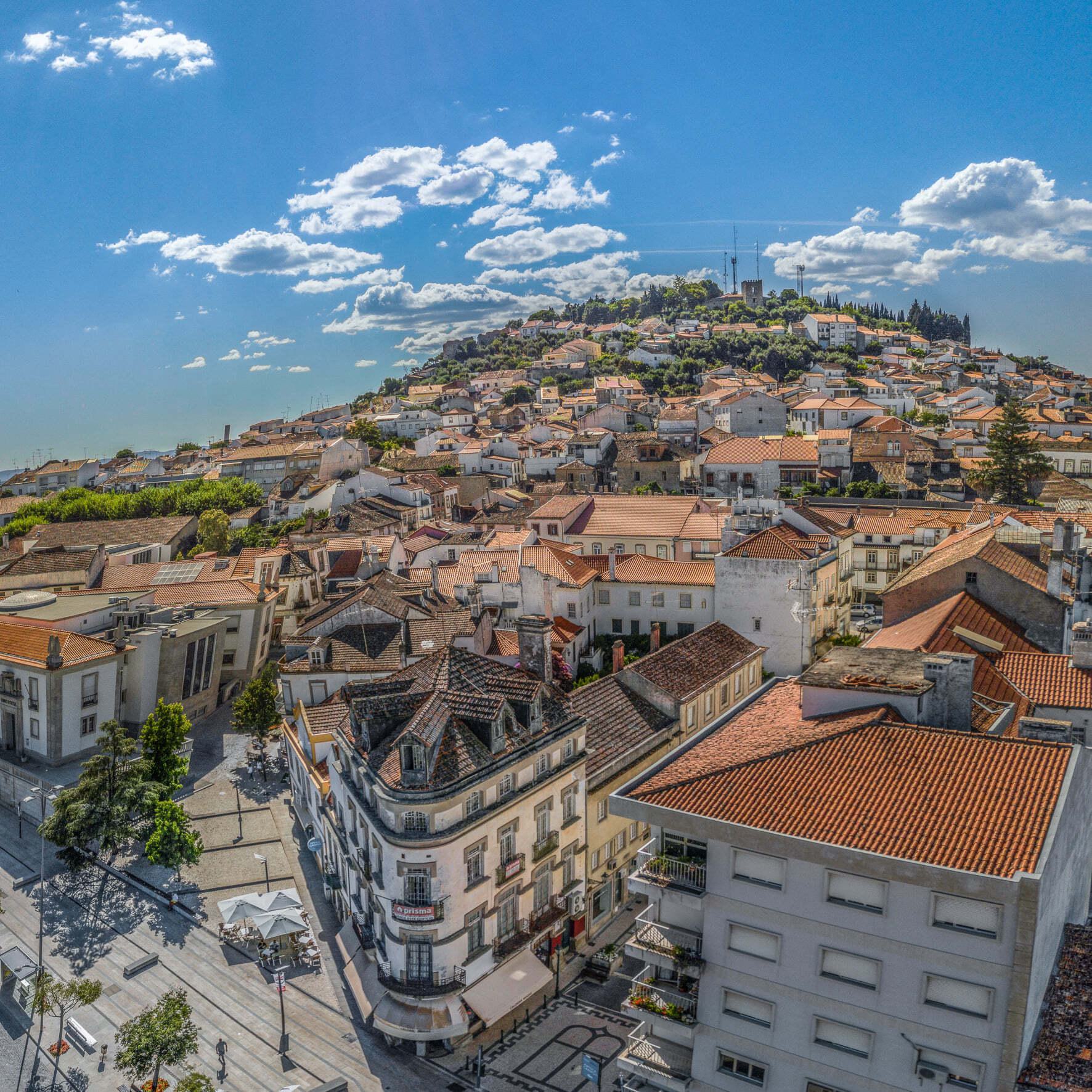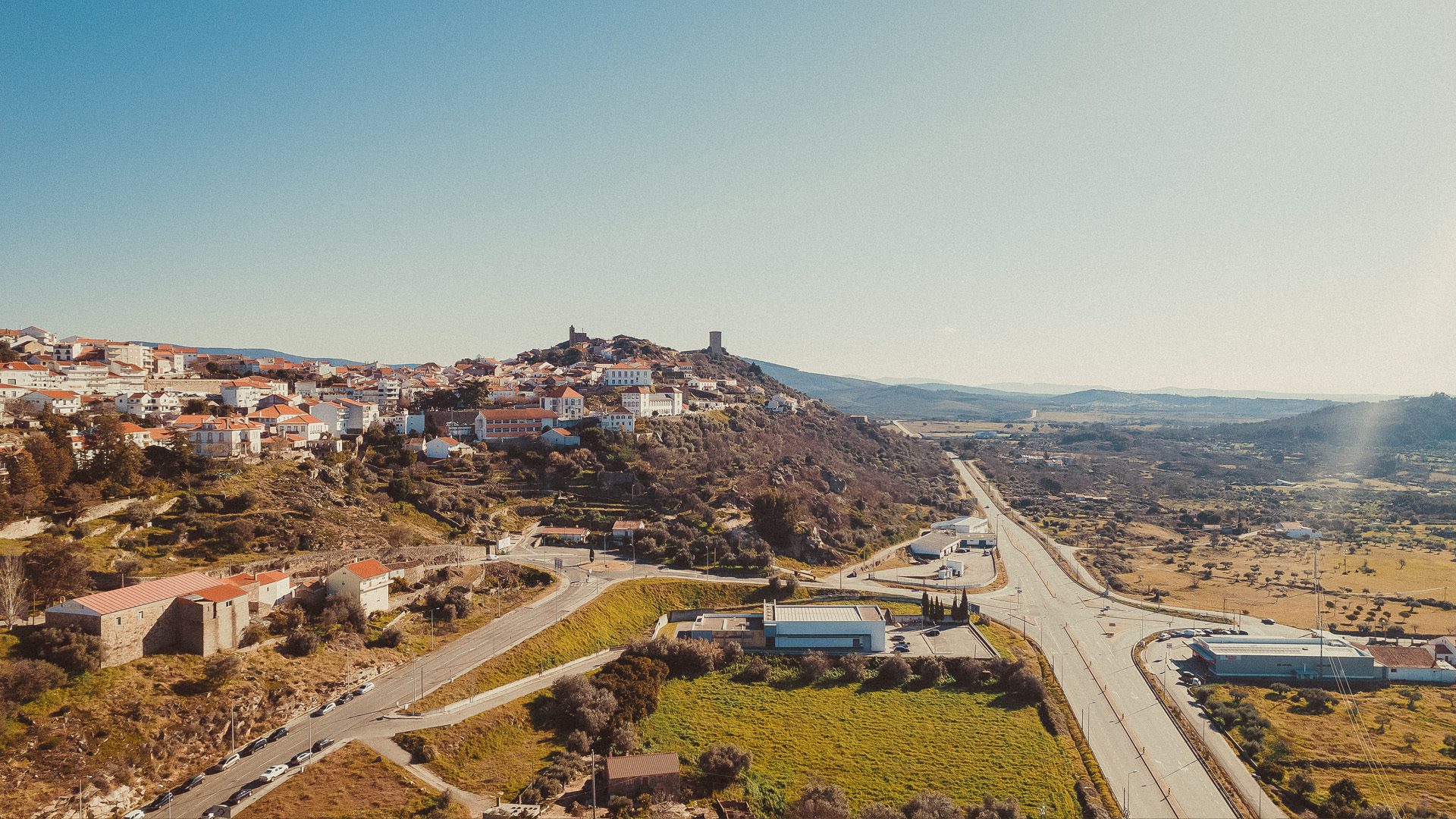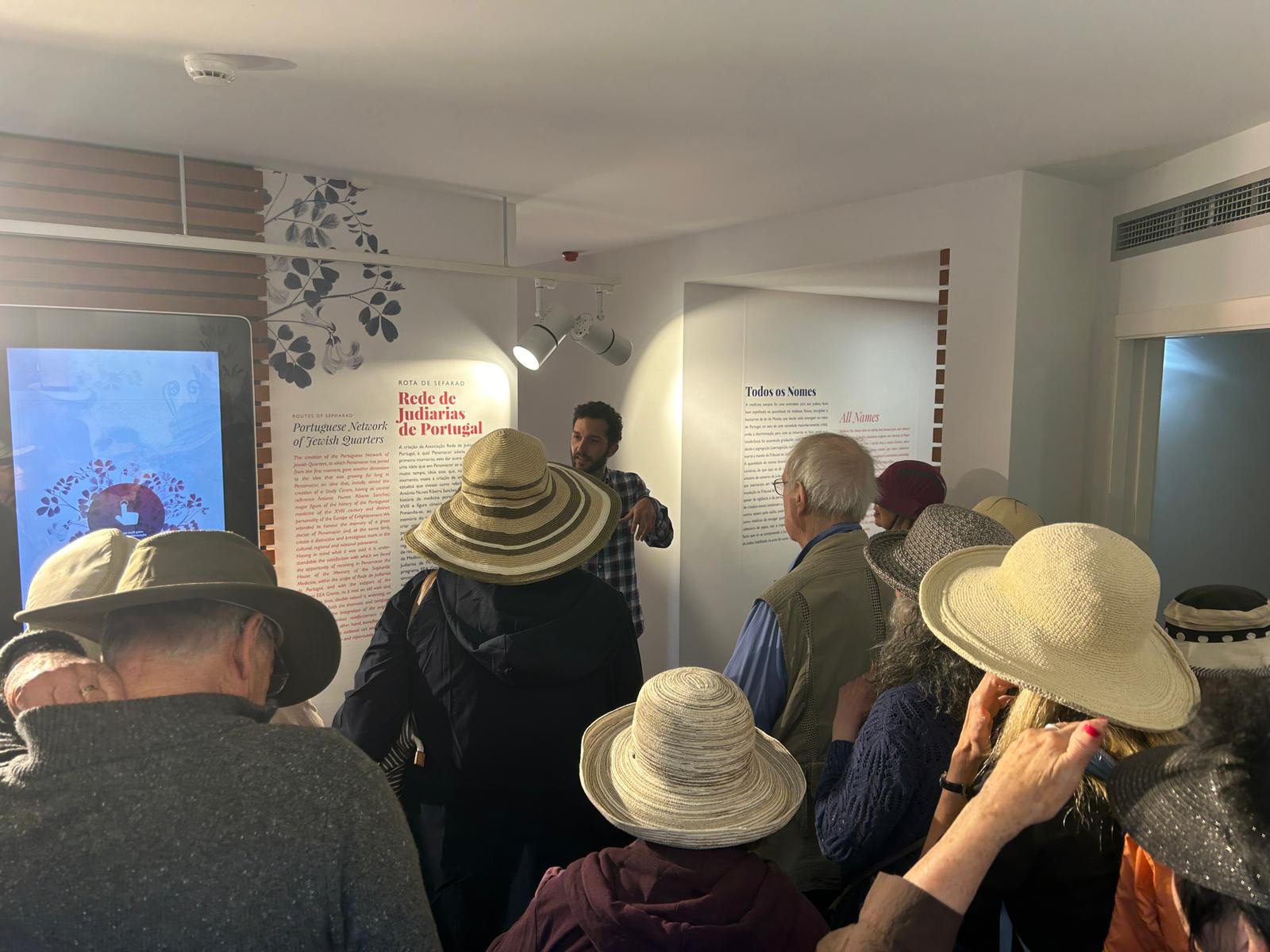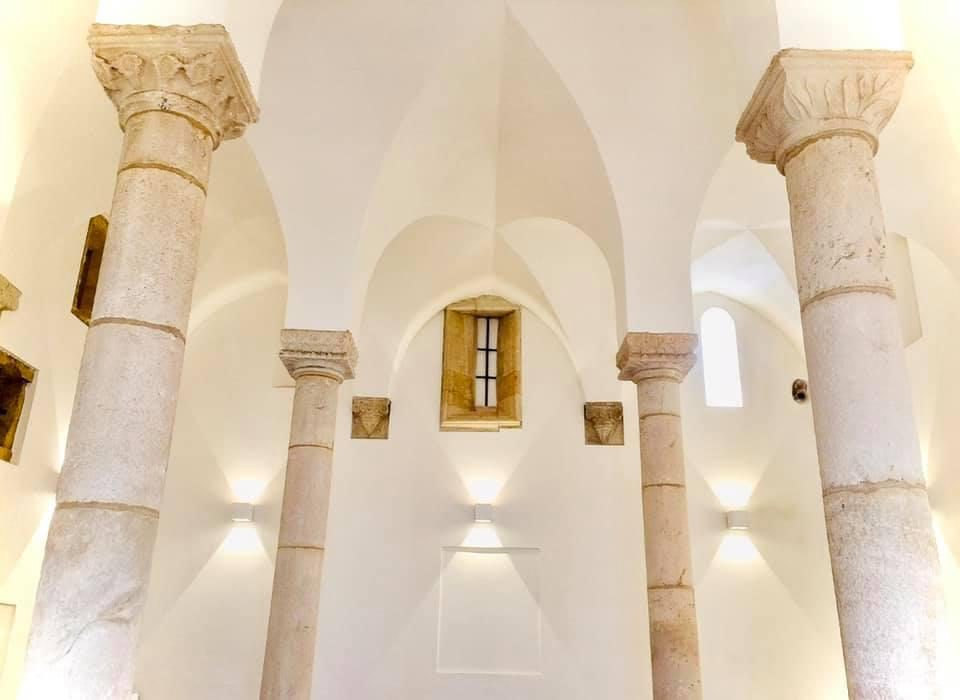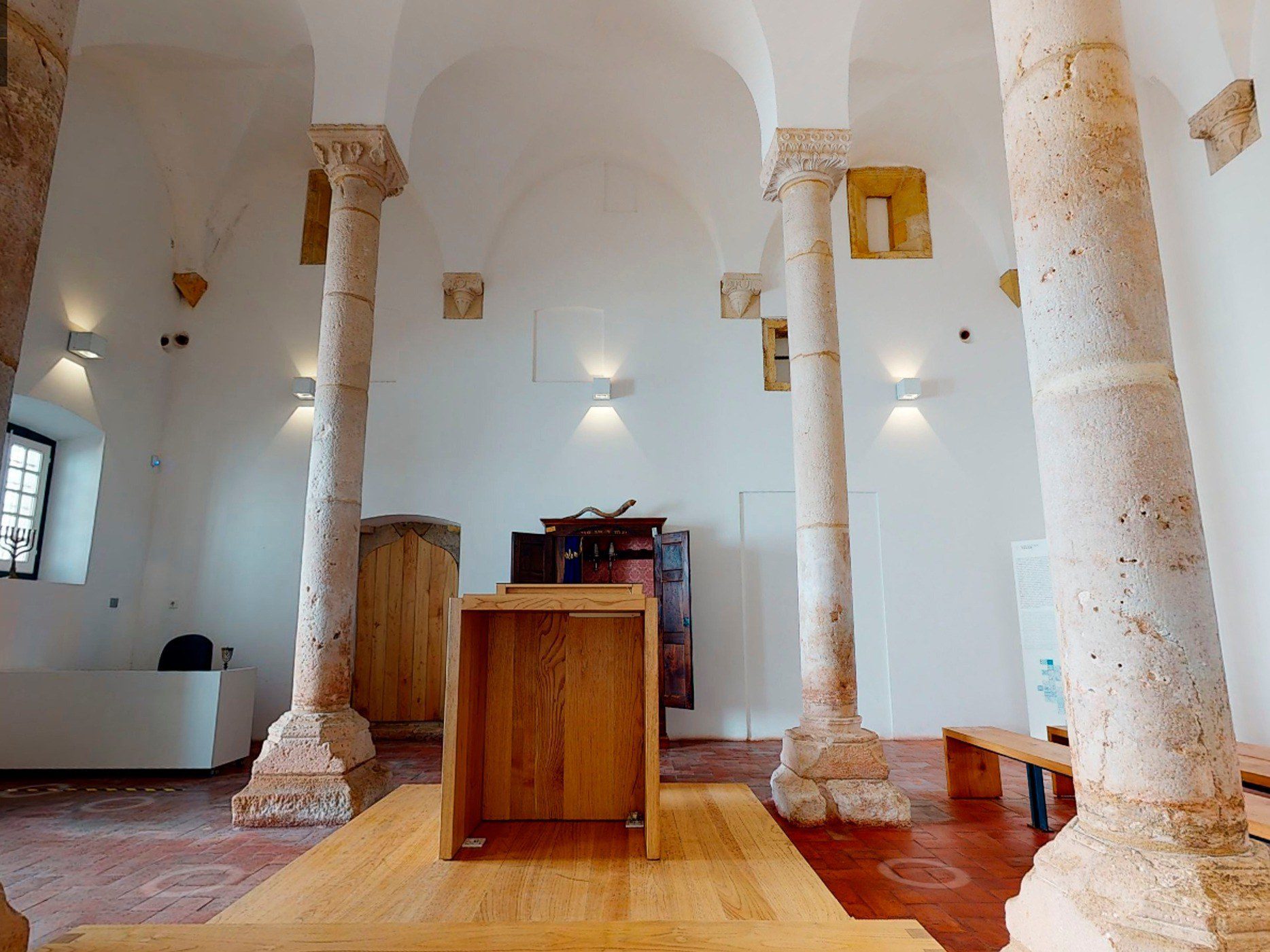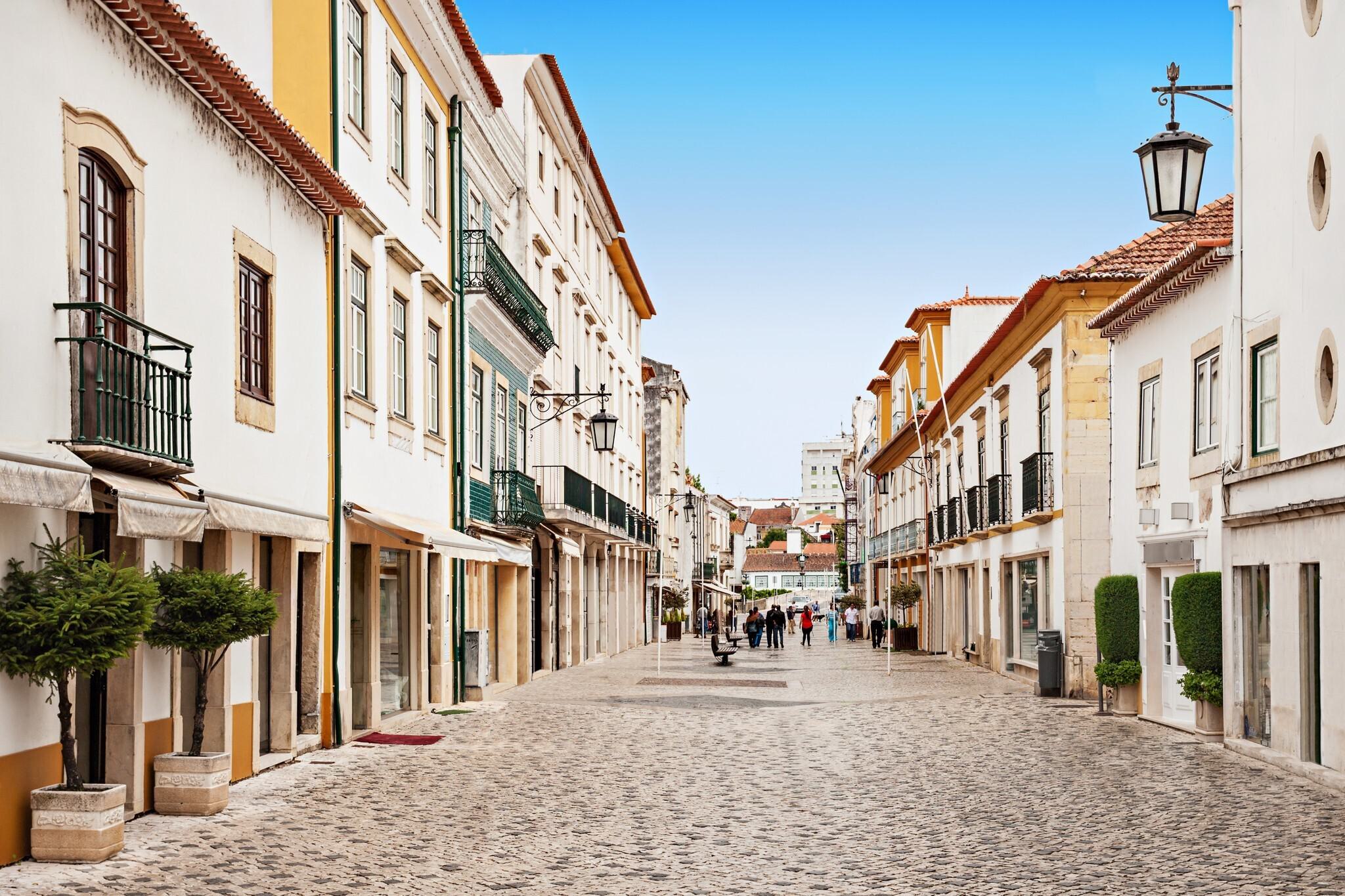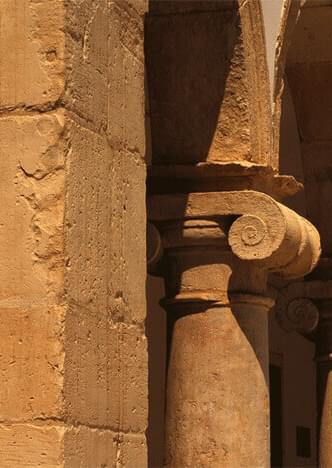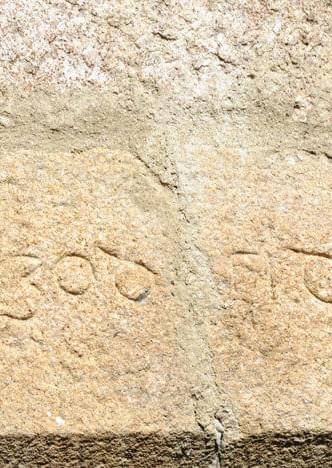Sephardic Jews
Jews were one of the most important communities in the Iberian Peninsula during the Middle Ages. This tour will lead you to the most remarkable places of the Jewish heritage, such as: Coimbra, Trancoso, Guarda, Gouveia, Belmonte, Castelo Branco, Penamacor and Tomar. This will also be the place to remember the timeless legacy of Aristides de Sousa Mendes, the Portuguese consul in Bordeaux, who saved 30.000 persons from the horror of the Holocaust. A simple man with a heart as big as mankind!
Iberian Jews were called Sephardic – this designation came from Sefarad, the Hebrew name for Iberian Peninsula – and settled in Portugal prior to the rise of the Roman Empire, living a period of great economic and social growth during the Muslim era. Throughout the Middle Ages, the Sons of Zion who lived within the Portuguese kingdom engaged in manual and financial activities and were recognized as cultured men. The Kings of the First Dynasty integrated members of the Jewish population into their courts as senior officials and they would often borrow money from the Jewish community.
In 1497, when King Manuel followed the policy of the Catholic Kings and ordered the Portuguese Jews who didn’t want to convert to Catholicism to be expelled, there were many who tried to leave the country so they wouldn’t have to give up on their religion. However, a great part of them decided to hide themselves in the lands close to the Spanish border. Because they had been forced to be baptized but were still Jews, these men and women lived in closed communities which continued to conduct Jewish cult in secret and they didn’t have any contact with the outside world. Thus, the first Portuguese crypto-Jews first appeared.
Apart from cities which still keep the memory from old Jewries alive, like Guarda, Castelo Branco and Covilhã, there are many other border towns which preserve traces from crypto-Judaic groups. Trancoso, Gouveia, Penamacor and especially Belmonte are towns where Judaism has survived for the last 500 years thanks to the secrecy with which their religion was kept alive.
Medieval Jewish Quarters
In medieval cities and towns, Jews used to live in their own housing nucleus which was given to them by the Crown. This was called the Jewry. In some cases, the community would organize itself around a synagogue and the land where Jewries stood would often belong to Kings who rented houses and spaces to Portuguese Sephardi Jews. Many of the houses within these areas are still marked with signs in their thresholds and windows, indicating that there were Jews living in them.
The most well-known Jewish quarters in the border line are in Guarda, Trancoso, Castelo Rodrigo, Celorico da Beira, Almeida, Foz Côa, Pinhel, Linhares and Belmonte. Their members were always associated with arts and crafts and they worked in professions such as tailors, carpenters, shoemakers, blacksmiths, traders, farmers and doctors and many would even go on to serve the Portuguese court in administrative and financial activities until the late 15th century. Come and discover Portuguese Jewish History and tradition in central Portugal!
Jewish Coimbra
The construction of the Christian Portugal has led the former Portuguese kings to have contact with the existing Jewish communities, accepting their help (they had a decisive role on King Afonso Henriques’s side when Lisbon was taken from the moors in 1147) and giving them some benefits as a reward for their help in the peopling of the territory.
The communities have spread themselves in such a way that, during the reign of King Dinis (1278 – 1324), there were Jewish communes all over the country. By the end of the 15th century, around 30 000 Jews were living in Portugal. Having mainly urban jobs, they were organized in communes when the group exceeded ten families. Socially speaking, they were part, at least, of three important classes: the rich bankers, traders, financiers, physicians and public position holders, a small but economically important and privileged group; the craftsmen and the small traders; and the poor and the indigent, a small minority. All of them were forced to pay very high taxes.
Explore the Jewish Coimbra across centuries of coexistence!
Trancoso
The medieval town of Trancoso is strongly influenced by its ancient Jewish presence. This community had an extraordinary economic and social growth throughout the Middle Ages which was driven by the Trancoso fair. During the 15th century, the Jewish population in this raiana town was of over 500 people, which led the community to settle outside the Jewry limits. Nowadays, Trancoso’s ancient streets still take you to an age when Hebrew habits were celebrated in Beira lands.
It is still possible to see Jewish marks like crosses, David stars and Hebrew words at the doorposts. Starting from El Rei Doors, you can stroll through the Corredoura and São João streets on your way to the Jewry where you will find houses with New Christian marks. At Estrela Street, there is a Hebrew “D’us” engraved in a lintel, and at Bandarra Street you will be able to see a lampstand mark. At Largo Luís de Albuquerque, you will find the most majestic Jewish house in town, the Casa do Gato Preto (Black Cat House). Here, the embossed Lion of Judah and the Jerusalem Doora indicate that this was the house of a rabbi (and possible the synagogue of the community). You can then proceed to the Alegria and Mercadores streets which hide religious marks, or you can choose Cavaleiros Street where a six pointed star indicates us that people from the nation lived here. You can finish your visit in the house of D. Dinis Square where, during the 1980s, a roll containing the Shema Yisrael prayer was discovered, hidden inside a wall.
At the end of your tour, you can make a quick visit to the Isaac Cardoso Jewish Culture Interpretation Centre. Founded in 2012, the goal of this space, designed by architect Gonçalo Byrne where the modern Beit Mayim (the Well of Living Water) synagogue stands out, is to be a place for culture and debate by teaching about the ancient legacy Beira Jewish communities have left behind.
Jewish Guarda
The Jewish community in Guarda was for a long period one of the country’s most important Jewish communities.
Located within the city walls, the Old Jewish quarter still exists nowadays, very close to Porta D’El Rei. The Jewish community in Guarda was for a long period one of the country’s most important Jewish communities, and also one of the oldest. There is evidence that it dates back to the 13th century, when King D. Dinis gave the Royal charter (“foro”) to the Jewish communities of S. Vicente parish. One of those families was housed in the synagogue. The Jewish quarter started near Porta d’El Rei, covering the churchyard of S. Vicente Church, in the border with the city wall and Rua Direita, which led to that entry. This was the new Jewish quarter, which was a continuation of the older, mentioned in the charter of 1199.
In 1465 this access was closed due to protests by Christians. By the end of the 14th century around 200 people lived here and approximately 50 years later, the number of inhabitants of Jewish creed was already around 600 to 850. The families had names like Ergas, Castro, Falilho, Baruch, Mocatel, Marcos, Querido, Alva, Cáceres, Castelão, among others.
Belmonte Jewish Museum
Belmonte Jewish Museum is Portugal’s first Jewish Museum that portrays the History of Jewish people in this country, as well as its integration in the Portuguese society and the decisive role it played in Portuguese culture, art, literature and trade.
The community that, for centuries, resisted the expulsion edicts of the Catholic Monarchs, the expulsion or conversion decree of King Manuel I, the watchful eye of the Holy Inquisition and the punishments of its tribunal, deserves to be remembered.
Pieces from the Middle Ages to the 20th century, used by Jews and New Christians in everyday life or in religious practices, can be found in this museum.
Jewish Heritage House in Gouveia
The House of Jewish Heritage in Gouveia is a testimony to what was most likely the last Synagogue built in Portugal before 1496 - a Hebrew inscription, in granite of enormous quality, of very significant size and where the year 5257 AD of the Jewish era, or 1496 or 1497 of the Christian era, is clearly visible.
The Gouveia City Council offers guided tours of the Sephardic heritage on an absolutely magnificent route connecting Gouveia to Nabais, Nabainhos, Melo, and Folgosinho—where there is no doubt about the Jewish presence, whether due to the Inquisition or the fact that the homes of these rural communities have left traces that are not spectacular, but are signs that take us back to 1492 and the Sephardic exodus from Spain.
Visiting Gouveia is, therefore, immersing oneself in a history made up of successive layers, where each street, each square, and each stone evokes centuries of community life, cultural encounters, and historical challenges. This heritage, still largely undiscovered, invites interpretation and appreciation—a heritage that reinforces local identity and projects Gouveia as a unique cultural destination within the Portuguese landscape.
Jewish Castelo Branco
Known since 1214, the Castelo Branco Jewish community, associated with commercial and craft traditions, quickly developed.
Apart from cities which still keep the memory from old Jewries alive, like Guarda, Castelo Branco and Covilhã, there are many other border towns which preserve traces from crypto-Judaic groups. Trancoso, Penamacor and especially Belmonte are towns where Judaism has survived for the last 500 years thanks to the secrecy with which their religion was kept alive.
The land of Amato Lusitano, a distinguished Jewish doctor, still keeps the memory of this Hebrew community alive in the stones of its 15th century houses. The city has its own route so that visitors can stroll through the streets of the old town, recreating what might have been the limits of the old Jewry. You will find traces of Sephardic Jews who lived in the city in the doors of houses at d’Ega and Nova streets.
Penamacor
In 1497, Jews living in Portugal were forcibly converted to Christianity at the behest of the Portuguese king, King Manuel. After this event, Portuguese Jews, converted to Christianity by royal decree, came to be called New Christians.
In 1536, the Tribunal of the Holy Office was established in Portugal, during the reign of King John III. The Inquisition primarily persecuted New Christians on the charge that they had not truly converted to Christianity and that they secretly followed Jewish precepts.
Close to the border, this town founded by Gualdim Pais might have been the ideal hiding place for many Jews who, in 1492, were expelled from Spain by the Catholic Kings. However, what makes Penamacor different from other border towns is not the Jewish traces left by this ancient community, but rather the fact that it was the birthplace of one of the most symbolic figures of 18th century European culture: the doctor and philosopher António Ribeiro Sanches. A New Christian, persecuted for many years by the Portuguese Inquisition for the charge of never having renounced Judaism, he was the doctor of Catherine, the Great and his revolutionary writings transformed medical teaching in Portugal.
The Inquisition did not sleep
For 221 years – from 1557 to 1778 – inquisitorial proceedings took place concerning individuals linked to Penamacor.
Convicts from Penamacor join the immense list of anonymous men and women victims of intolerance and the discriminatory power of a court.
File No. 12628
Jorge and João Fernandes, both from Alpedrinha, lived in Penamacor.
The first date we see in the proceedings concerning individuals linked to Penamacor is December 25, 1557, and concerns Jorge Fernandes and João Fernandes: two crimes of heretical prepositions.
The sentence is unknown.
From 1606 to 1686 | Cases No. 868, 4429, and 1052
There are proceedings concerning twenty convicts: in two cases, their official documents appear, that of defendant Catarina da Costa (proc. No. 868), who made a living from her work—witchcraft—and that of defendant Branca Mendes (proc. No. 4429), a tobacco collector (the same occupation as her husband).
An exceptional and curious case is that of Isabel da Cunha (proc. No. 1052), who was convicted at only twelve years of age.
From 1703 to 1778 | Proc. No. 5010
The names of Ana Nunes and Simão Nunes stand out, as they are the parents of the great figure of the Portuguese Enlightenment, António Nunes Ribeiro Sanches.
Ana Nunes, a New Christian, is accused of Judaism, heresy, and apostasy.
She is a native of Idanha-a-Nova, the daughter of Manuel Henriques and Maria Nunes, New Christians. She marries Simão Nunes, a merchant from Penamacor.
Ana Nunes voluntarily presented herself to the Court of the Holy Office of Coimbra, at the age of thirty-one, to make her confession on January 10, 1706. After being heard, she was given a release order on May 12, 1712.
She was later reconciled.
She was given release and secrecy orders in June 1717, and a release order and penance on July 6 of the same year.
The auto-da-fé took place on June 19, 1718.
Her husband, Simão Nunes, presented himself to the Court of the Holy Office of Lisbon on May 30, 1715, with the private auto-da-fé taking place four days later, on June 3, 1715.
He was accused of Judaism. The son of Álvaro Fernandes, a tanner, and Isabel Nunes, born and living in Penamacor, he claims to be a scoundrel.
He abjured formally, was instructed in the Catholic faith, and underwent spiritual punishments and penances.
Ribeiro Sanches House of the Memorial of Sephardic Medicine
A space dedicated to the physician, philosopher, and scientist of Jewish origin, a distinguished "ambassador" of Penamacor.
In the Corridor of All Names, a mural commemorates the approximately five hundred names collected from the inquisitorial proceedings of the Holy Office—from the courts of Lisbon, Coimbra, and Évora.
The room dedicated to the Diaspora pays homage to illustrious physicians: from the 16th to the 18th centuries, it commemorates illustrious Portuguese figures such as Garcia de Orta—born in Castelo de Vide, c. 1501 and died in Goa in 1568; Amato Lusitano, born as João Rodrigues in Castelo Branco in 1511 and died in Salonica in 1568; or Rodrigo de Castro, born in Lisbon in 1550 and died in 1627.
And then Antonio Nunes Ribeiro Sanches!
He was born in Penamacor in 1699 and began his university studies in Coimbra in 1716.
In 1719, he went to the University of Salamanca, where he studied medicine and obtained his doctorate.
A New Christian, he was forced to leave Portugal in 1726.
A brilliant mind of Enlightenment Europe, he witnessed all the sociopolitical and scientific developments that took place in the 18th century. His life and work are celebrated in this House of Memory: his network of contacts with other distinguished 18th-century intellectuals and his journey through Europe to the Russian court, ending in Paris, where he has been laid to rest since 1783.
Location: Rua D. Sancho I, 22
Jewish Tomar
A very rare example of a medieval Jewish temple and of pre- Renaissance Portuguese art, the Synagogue of Tomar is the only one of its kind from this period to have been fully preserved in Portugal.
It was built in the mid-15th century specifically for religious purposes, evidence of the financial resources of the resident Jewish community and its power and prosperity.
The simple, Eastern-influenced architecture of the building, (which has an almost square ground plan, groined vaults supported by four columns, capitals decorated with geometric and plant motifs and twelve corbels jutting out from the walls), is filled with symbolic references. The corbels represent the Twelve Tribes of Israel and the columns the four Matriarchs of Israel – Sarah, the wife of Abraham, her niece Rebecca, the wife of Isaac, and Leah and Rachael, sisters and the daughters of Laban. The capitals reflect the family relationship between the Matriarchs – two identical ones for the two sisters and different ones for the aunt and niece.
In addition to its original function, the Synagogue also served as a school, assembly and court for the Jewish community in Tomar. It was closed in 1496, at the time of the Decree issued by King Manuel I expelling the Jews, after which it was turned into a prison. In the 17th century it was referred to as the Ermida de S. Bartolomeu and in the 19th century it served as a hayloft, granary, warehouse, wine cellars and store. In 1921, following a visit (1920) by members of the Associação de Arqueólogos Portugueses (Association of Portuguese Archaeologists) it was classified as a National Monument.






